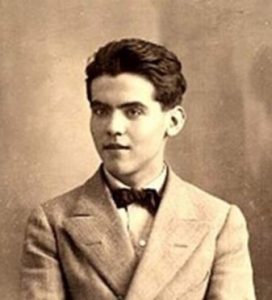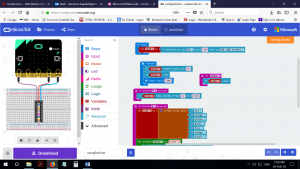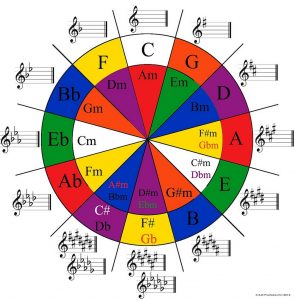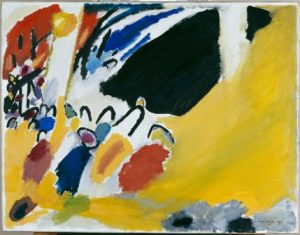Alice Lavelle (Y13) looks into how fashion taste can be shaped by different trends in social and political thinking.
In this February’s Vogue there was an article written by Ellie Pithers ascribing the sudden popularity of the jagged hemline among both designers and consumers, to the current uncertain political climate, post Brexit and post Trump. Pithers claimed, with support from the Preen designer Thea Bregazzi, that the sudden interest in the more bohemian, asymmetrical hem was a representation of people’s confusion and uncertainty following both Britain leaving the EU and Trump being elected president. Pithers further highlighted how this trend of rollercoaster hemlines can be linked to the fluctuating value of the pound, and more generally the uncertain economic climate, citing the climbing hemlines of the prosperous twenties and sixties, and ankle grazing skirts of the poorer thirties as her evidence. How far this can be considered true, or rather an overzealous journalist reading too far into an otherwise trivial catwalk trend is of course debatable.
However I would argue that this link between fashion and politics is not only accurate in today’s changing social climate, but one that can be seen throughout history – and, when considering this idea, one name immediately springs to mind – Jackie Kennedy. The first lady was a style icon within the United States throughout her husband’s presidency, with the clothes and styles she wore immediately being copied by designers up and down the country. However, what the women of the time who looked to the first lady as means of inspiration were not aware of, was that her beautifully designed gowns and brightly coloured skirt suits were in fact designed in response to the changing US political policies. Following the McCarthyist era of the 1950s, the Unites States was pushing to reinvent itself as progressive, self-believing nation, and Jackie’s traditional, yet simultaneously cosmopolitan ensembles, with a hint of European influence at the hands of Hollywood designer Oleg Cassini, were essentially a well-crafted response to the country’s growing global presence.
Looking further back at iconic moments in the history of fashion it becomes more and more evident that the garments which have shaped the way we dress today were in fact themselves shaped by the political climate they were created within. Take Christian Dior’s ‘New Look’, the long skirted, cinched waisted silhouette that reinvented feminine dress, created in 1947 in response to the more liberal society emerging following the second world war. Or Paco Rabanne’s metal disc dress of 1966 – favouring experimentation over practicality, this design embodied the hopes of the emerging European society.
In terms of designers creating garments as a response to the social climate, you have Rudy Gernreich’s topless dress in the early 70’s, showing the still persistent objectification of the female form, rapidly followed by Bill Gibb’s eclectic, romantic collection in 1972 that paved the way for the ‘hippie movement’ within design, and the debut of Diane Von Furstenberg’s iconic wrap dress in 1973 – a garment that became synonymous with female empowerment within the workplace, a statement of society’s changing attitude towards women. The speed with which these popular styles changed and evolved is just a further representation of how the fashion industry responded to the changes of attitudes towards women in the workplace for example, again showing how intrinsically linked both fashion and political trends are.
And this concept, as explained by Pithers, is relevant today beyond the sudden popularity of rollercoaster hemlines. The spring shows in September all indicated that the previous androgynous styles of autumn/winter were out, and feminine florals and chiffon were back, this time with an edge of female empowerment. Models walked the dior catwalk in white t shirts emblazoned with the slogan ‘We should all be feminists’ taken from the title of an essay written by the Nigerian born Chimamanda Adichie – a bold statement from the newly appointed, first female head of the iconic fashion house, Maria Grazia Chiuri. This surge of feminism across the spring/summer shows again was more than just a trivial fashion trend, it was an embodiment of the rising power of women in the workplace, and within politics – with Hillary at that time still being the potential president of the US.
And it is these trends, the jagged hemlines and cinched waists that eventually get filtered down through the high-street stores and into our wardrobes – meaning the clothes that we wear, either to make a statement or purely because they are comfortable, are essentially just a physical representation of our current uncertainty towards our political climate in a post Brexit post Trump universe.
Follow the WHS DT department on Twitter.
















